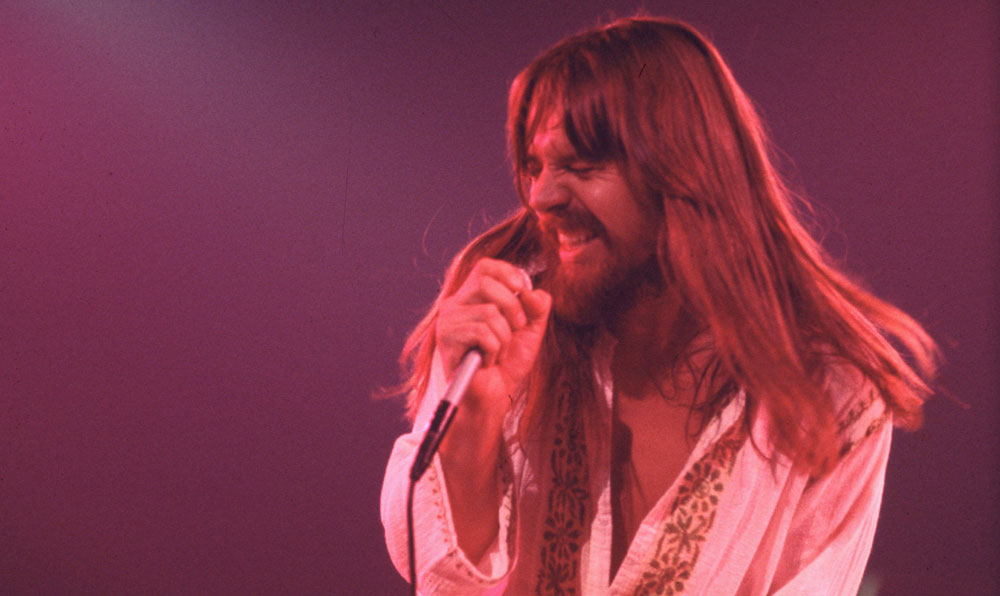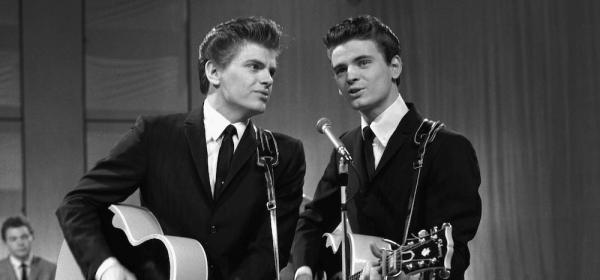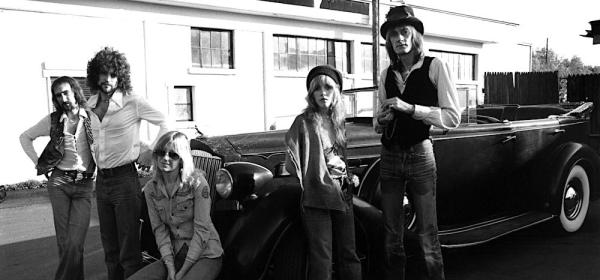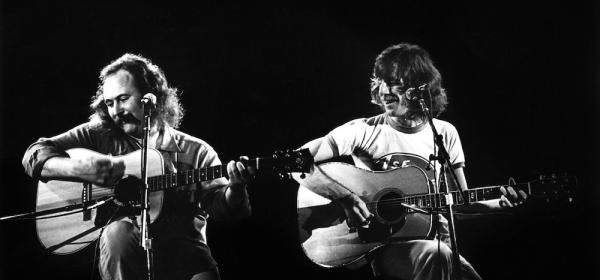
With the inclusion of the 1968 classic “Ramblin’ Gamblin’ Man” by the Bob Seger System in Tarantino’s Once Upon A Time in Hollywood, the world can once again hear how great Bob Seger was in his seemingly forgotten early years. Which makes it a good a time to have a broader look at the classic recordings that Seger made in the late 60s and early 70s leading up to his breakthrough success with Live Bullets and “Night Moves” in 1976. There is some seriously great music here – including the original version of the song “Rosalie” which Thin Lizzy made famous later in the 70s. Check it out.
For years before he became one of America’s favourite heartland rockers, Bob Seger was a local superstar. A mainstay of the Detroit scene since the mid-60s (where his early band Bob Seger & The Last Heard played alongside the likes of the MC5, the Rationals, the Underdogs, featuring a young Glenn Frey, and the Pleasure Seekers, featuring a young Suzi Quatro), Bob had local hits with early singles including “East Side Story”, and then came to prominence across the broader mid-west region with the single “Heavy Music” in 1967. With a hard-hitting soulful sound based in Rhythm & Blues, Bob looked likely to follow fellow Detroit natives Mitch Ryder & The Detroit Wheels on to the national scene.
It didn’t happen immediately, although he was signed to Capitol Records in 1968, which gave him a better shot. His first album, recorded with his band the Bob Seger System, was called Ramblin’ Gamblin’ Man (aka Tales of Lucy Blue); the album’s title track gave Bob his first national hit (it peaked at number 17). The collection also included the searing and fuzz-driven “2+2=?”, one of the great anti-war anthems.
Two more Bob Seger System albums followed – Noah in 1969, and the mighty Mongrel in 1970. Alongside a powerhouse “River Deep, Mountain High”, Mongrel included the powerful single “Lucifer”.
1971 saw the release of the first Bob Seger solo album Brand New Morning, and subsequently a departure from Capitol. The fondly remembered Smokin’ O.P’s followed in 1972. Primarily an album of covers it also included a revival of his old single “Heavy Music”. Bob’s excellent version of Tim Hardin's “If I Were A Carpenter” was released a single and cracked the US Top 100.
Back in '72 - released in January 1973 – came next. A long lost classic that, alongside Noah, Mongrel and Brand New Morning, Seger has chosen to keep out of print for decades, Back In ’72 includes a song later made famous by Thin Lizzy. Thin Lizzy’s live version of “Rosalie” is a highlight of their 1975 album Fighting and 1978 landmark Live & Dangerous double album, but most people have never even heard Seger’s original, which is a travesty. Back in ’72 also includes a punchy cover of the Allman Brothers' “Midnight Rider”, and Seger’s first recording of a song which would a couple of years later become hugely popular – and with which Jon English would have a huge Australian hit in 1974 - “Turn The Page”. The album’s title track is also brilliant. The album was partly recorded with the Muscle Shoals Rhythm Section – famous for their work on countless soul and southern rock classics - and partly with Seger’s new backing band, featuring several players from Tulsa, Oklahoma who would later join Eric Clapton’s band.
1974’s Seven was the first Seger album to feature The Silver Bullet Band as Seger’s backing band, and it’s another hard rocking classic. The Chuck Berry-inspired single “Get Out of Denver” was another low Top 100 entry, and subsequently a favourite on the pre-punk pub rock scene in the UK – Eddie & the Hot Rods included a version on their Live at the Marquee EP in 1976, and Dave Edmunds did it on his Get It LP in 1977.
The album Beautiful Loser followed in 1975. A return to Capitol, the album also primed Seger & the Silver Bullet Band for the success that would finally come the following year, with three moderate hit singles, including “Katmandu” and a rousing cover of Ike & Tina’s recent hit “Nutbush City Limits”.
Bob Seger & the Silver Bullet Band’s star would go through the roof the following year, on the back of the Live Bullets live album, and the Night Moves album and single of the same name. While some of his earlier albums came back into print at the time, and indeed some were briefly later issued on CD in the early days of that format, Seger, for the most part, has chosen not to allow his labels to make this material available again. It’s bewildering because everything that Seger eventually became known for – grit, passion and great songwriting – can be found on these records in spades. A recent collection of his early Cameo-Parkway singles called Heavy Music: The Complete Cameo Recordings 1966-1967 suggests he may be warming to his earlier recordings. Here’s hoping that he eventually sees sense and makes all this stuff available again.
Listen to Bob Seger on Spotify
Listen to Bob Seger on Apple Music






